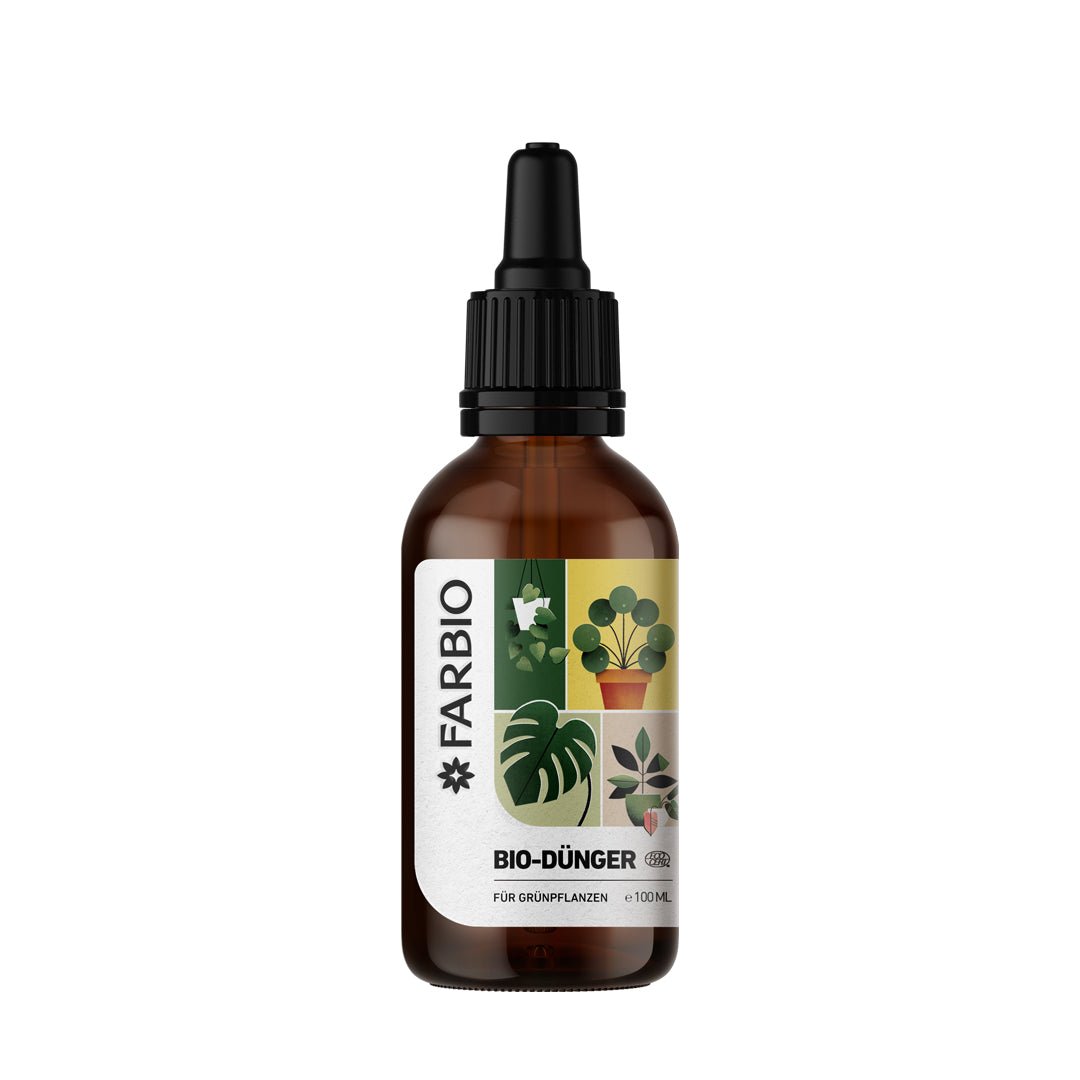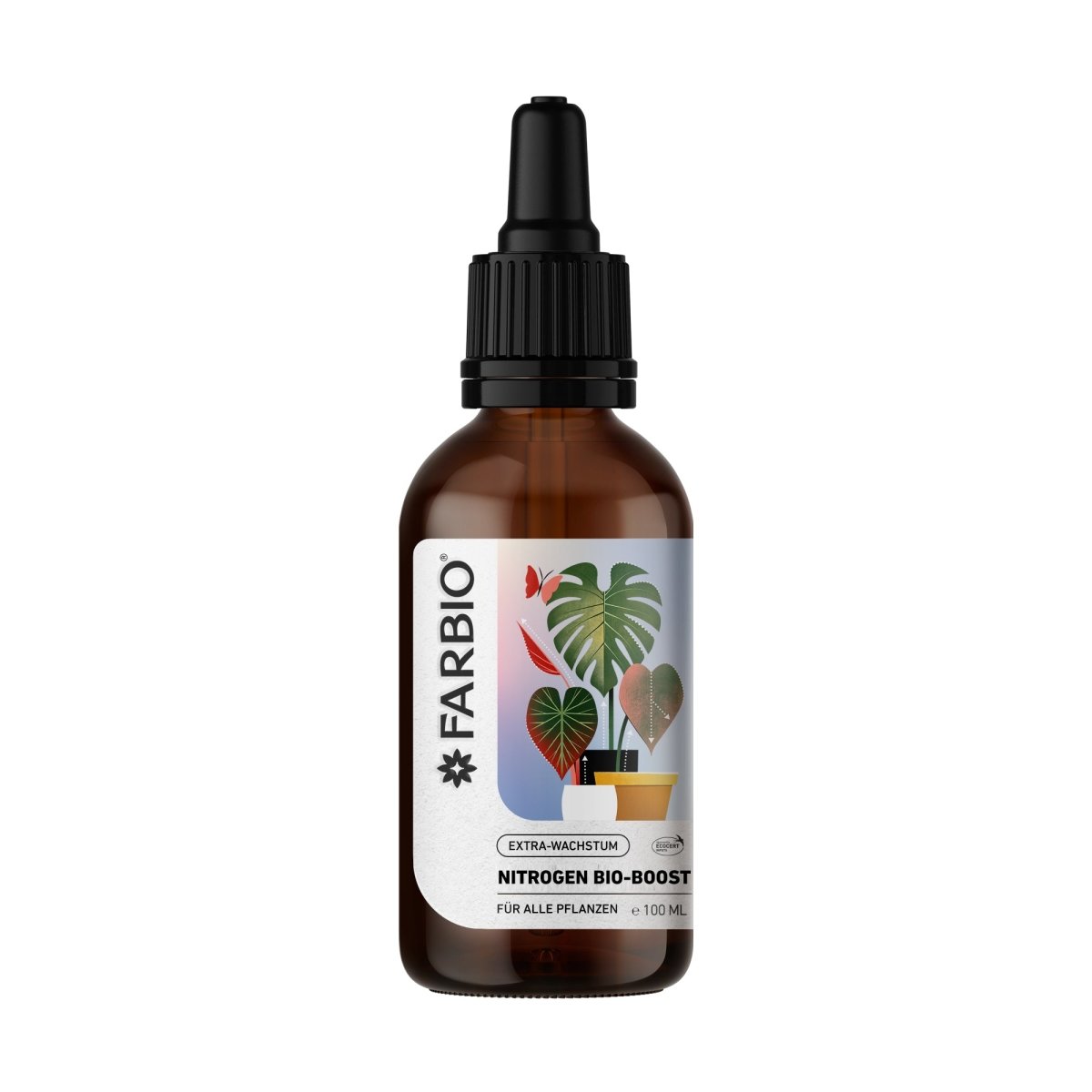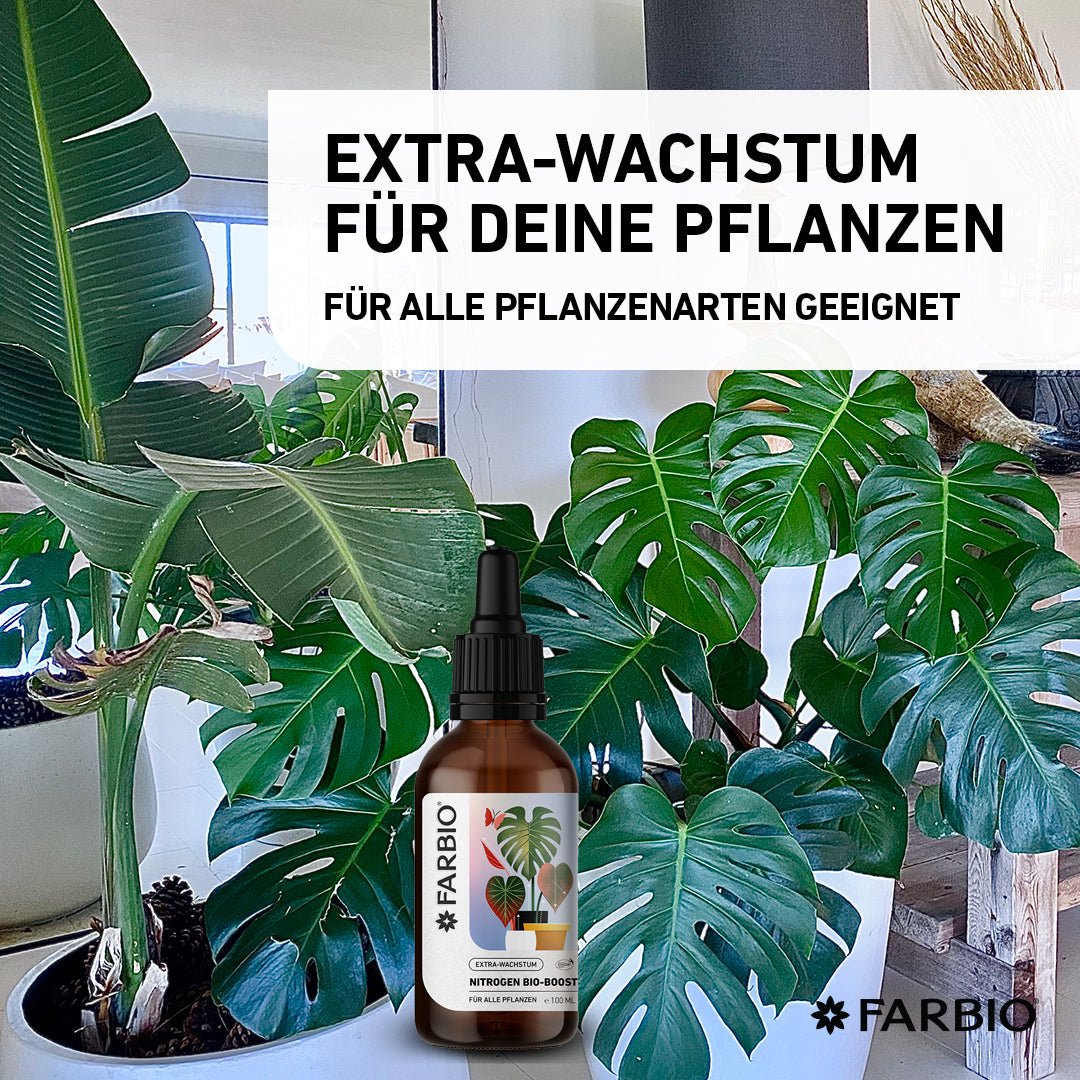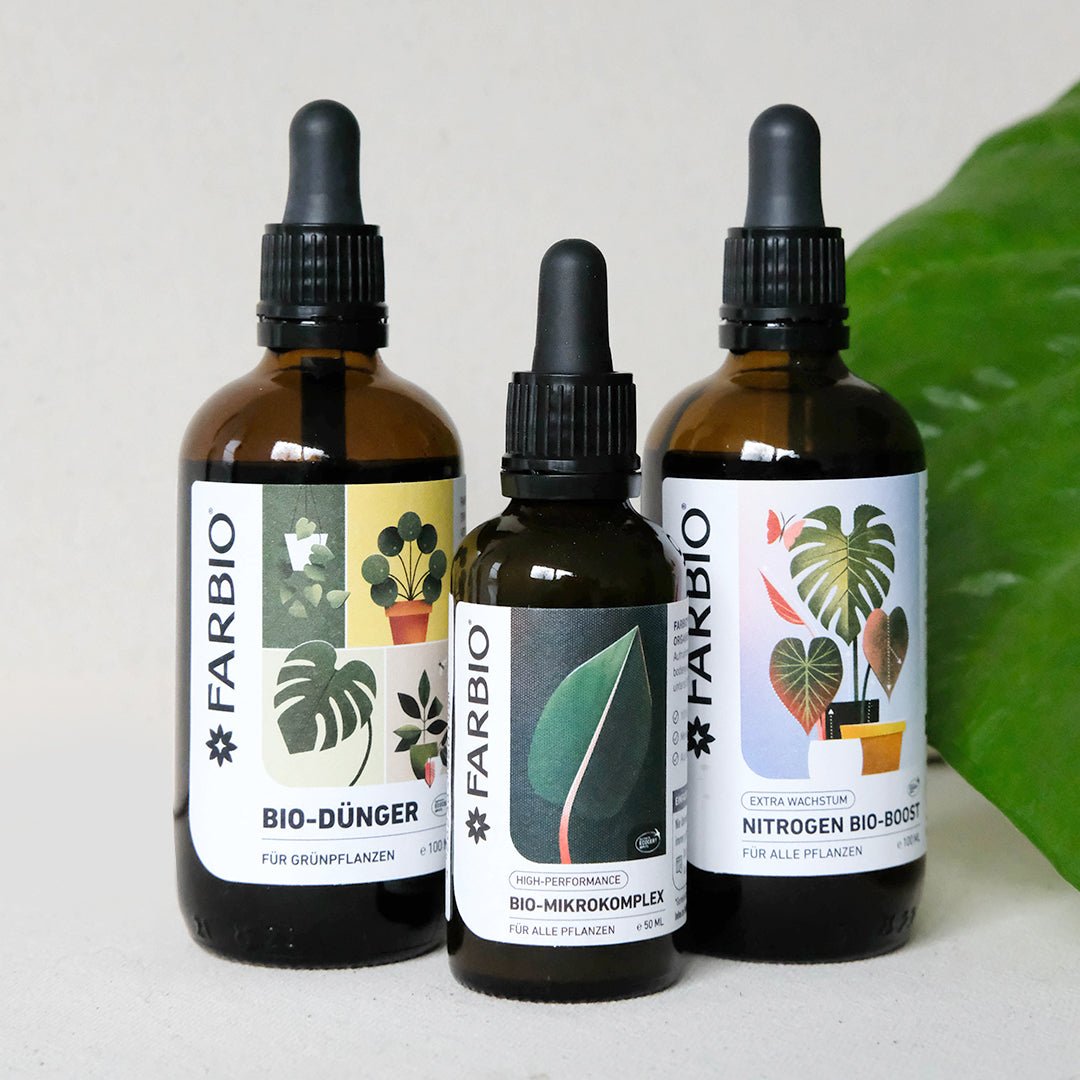Yes, plants also have trends. In addition to the latest colors of the season and the trend pieces for interior design, you may also be interested in the latest plant trends. And so that you don't have to click through the forums and Instagram pages yourself, we researched for you and picked out the 8 newest and coolest plant trends:
Sustainability when planting
In 2023, sustainability will be very important, zero waste is a trend that you should definitely take part in. Instead of the latest pots and vases, you could try upcycling and repurpose something you already have. When buying your plants, you could make sure that the plants are not imported, but perhaps come from a local nursery and were grown there. When it comes to plant care, everything revolves around sustainability. When choosing fertilizer, you could also use organic fertilizer instead of using artificial fertilizer. Our FARBIO® Nitrogen Bio-Boost can be used for all plants and naturally supports your plants with important nutrients.
Large plants indoors
The demand for greenery in public buildings and interior spaces has particularly increased. Because these rooms are often spacious and have high ceilings, large plants will be in style. If you have a lot of space in your apartment and especially high ceilings, you should think about a top-class houseplant. Plants such as banyan trees and birds of paradise or indoor trees are real eye-catchers and can serve as a statement piece for your interior design. They also improve the indoor climate and definitely your mood too!
Climbing and flowering plants alongside muted and earthy tones
In 2023, plants will not play second fiddle, but will set the tone. The interior decoration will depend on the greenery and not the other way around. Climbing plants take the space they deserve and flowering plants determine the color scheme of your rooms. You'll get something out of it too, because your rooms will soon resemble green oases that will ensure your relaxation. Only caring for your new houseplants will be a little more complicated. In order to do justice to the climbing greenery, trellises must be available, which could limit the accessibility of some bookcases and shelves. If you want to bloom beautifully, you also have to be supplied with the right nutrients. Gone are the days of the undemanding cactus, now it has to be fertilized and repotted every now and then!
Comeback of the stuffy orchid
Known as a popular souvenir and an unloved, complicated houseplant: the orchid. It will make a comeback in 2023. The graceful, fragile and subtle orchid will be particularly popular with lovers of clean, simple design. The orchid flowers appear almost fake, with their white, light pink or cream tones being particularly delightful. There is hardly any green on them and their subtle presence is often overlooked. The trick when caring for the sensitive orchid is to water it at intervals and then wait for the soil to dry completely. It is important to have a pot with a hole and a saucer so that no waterlogging can form.
Heat-resistant plants for the balcony
Our balcony plants also face major challenges, especially in view of the changing climate. No more hanging gardenias as they will completely surrender after a few days of scorching heat and scorching asphalt. Plants that can withstand these adverse conditions include: Dipladenia, oleander, rosemary, lavender and sedum.
Herbs and vegetables from our own cultivation
“Urban gardening” is the name of the trend that has existed for a long time but will become more and more important with the new environmental awareness. In the middle of the city there are already some gardens in the courtyards and on the roofs of large apartment buildings. These gardens in the city also improve air quality, reduce the inner city climate, contribute to a greater bond between consumers and food and are truly organic and sustainable. If you are concerned about the contamination of food with fine dust and exhaust gases: Scientists have looked into exactly this topic and found that vegetables grown in cities are nowhere near as contaminated with toxins as conventionally grown vegetables from the supermarket .
Bee pastures for the city
We all know how important bees are for the continued existence of our ecosystem and the entire planet. As part of the “urban gardening” trend, our hard-working helpers should also feel comfortable. For their sake, you should plant flowering plants on your balcony or garden that offer lots of pollen and nectar to bees, bumblebees, butterflies and the like. This trend is a win-win situation because you can enjoy the scent and colorful flowers of the plants and the insects can also live in the city center despite the hell in the city. Maybe you're so excited about the little guests that you could even imagine having a few subtenants move in with you. City beekeepers are always happy to have another place to place their hives.
Planted exterior facades
A trend that will hopefully become more and more common in the future. It offers something for everyone to see and has a demonstrably positive influence on the city's interior climate. Another advantage is the noise-insulating effect of the green external facades as well as a heat-insulating effect for the buildings whose facades are green. Green roofs have been known for a long time, but in the future the plants will not only grow horizontally, but also vertically. Everything from mosses and ferns to bushes and trees should be there and give city residents the feeling of having a bit of nature between concrete and asphalt.















